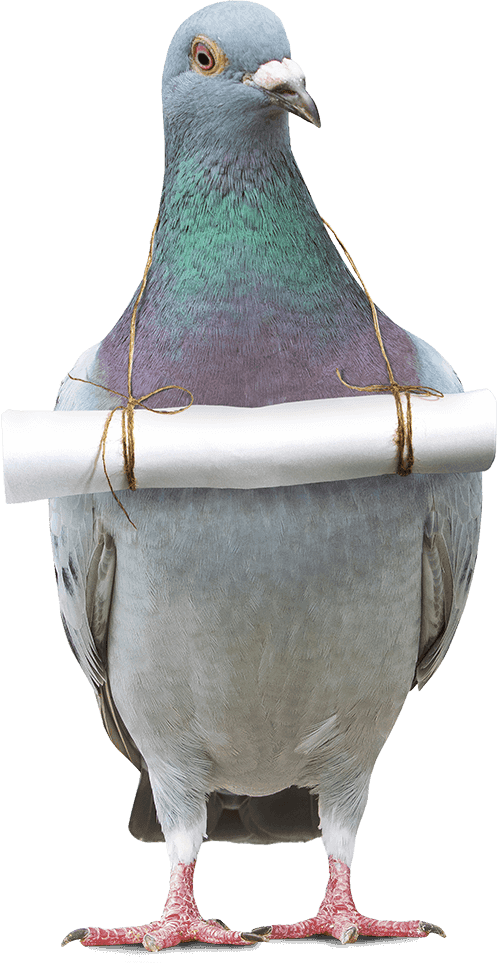Epilobium luteum
(Epilobium luteum)
Taxonomic tree:
Domain:
Kingdom: Plantae
Phylum:
Class: Magnoliopsida
Order:Myrtales
Family:Onagraceae
Genus:Epilobium
News coming your way
The biggest news about our planet delivered to you each day

(Epilobium luteum)
